
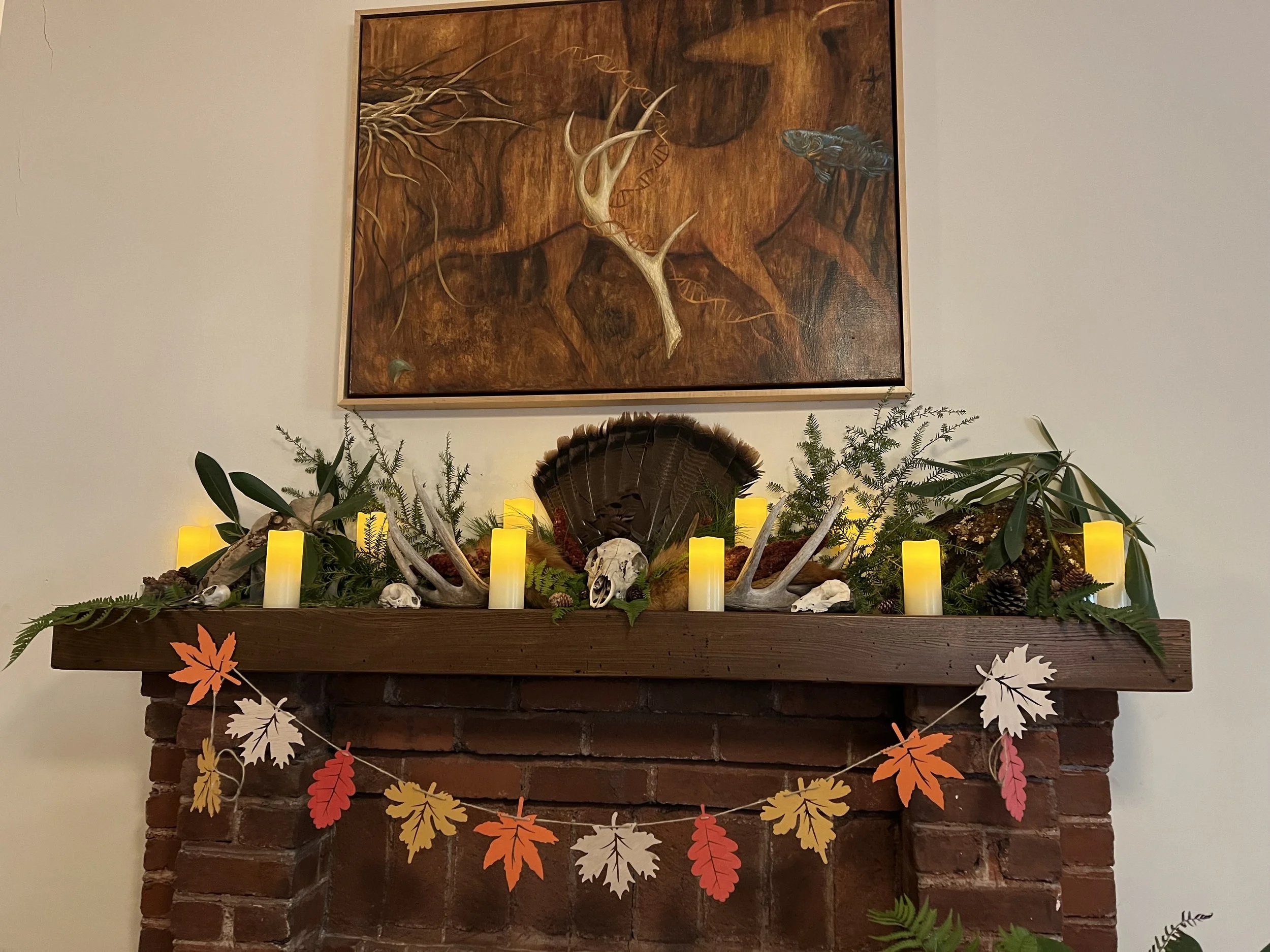
Centennial Celebration Recap
Our annual Friendsgiving Potluck was a success! This year we also celebrated the 100 year anniversary of the Schoolhouse with presentations by historian Ed David and personal accounts by KTS alumni. We wove our own stories into the history of this building by compiling a Time Capsule with instructions to open it in 2125!
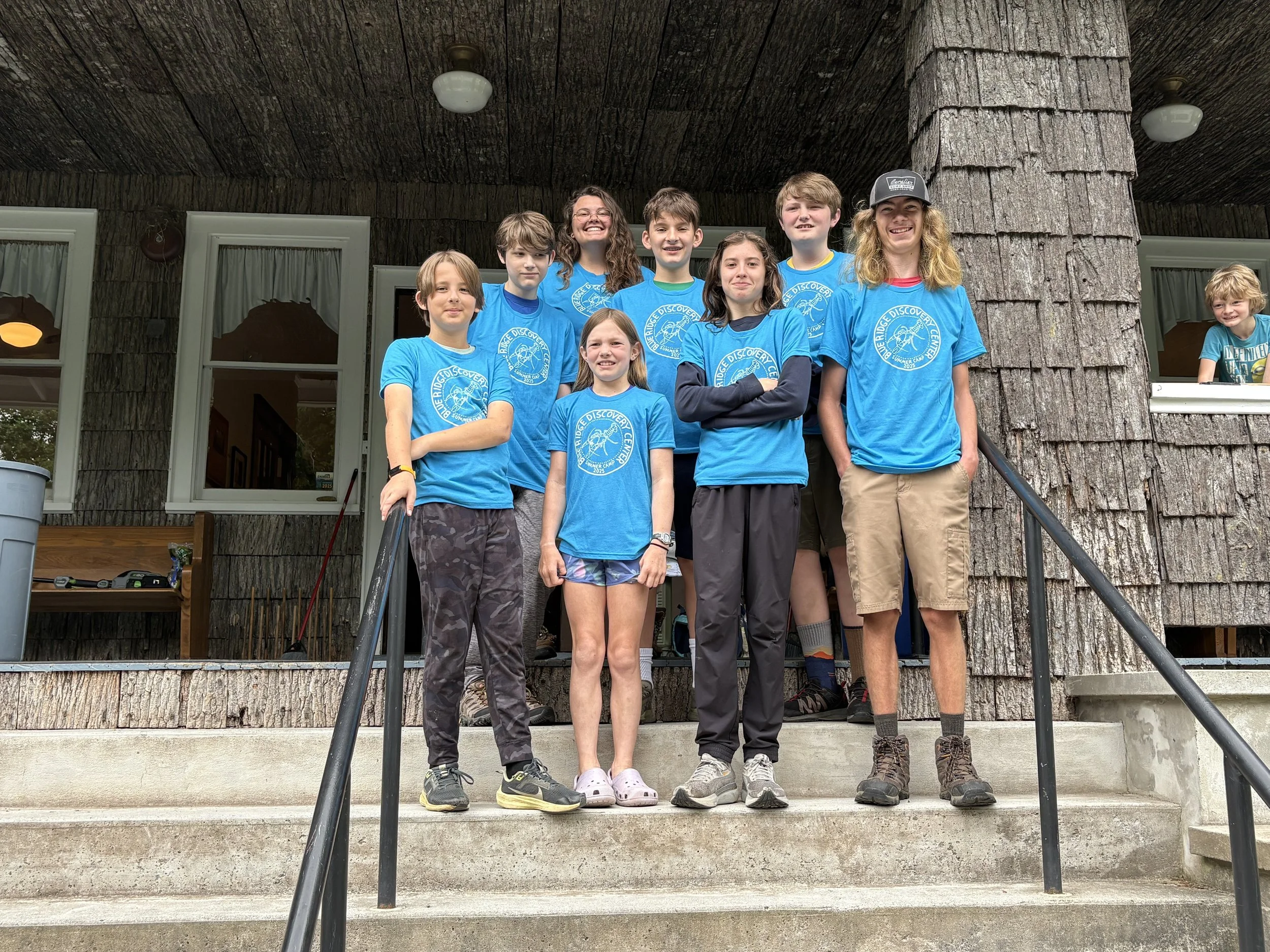
Summer Programs at BRDC
We’ve been busy bees this summer, between seven summer camps and the summer rally and Virginia Tech Wildlife Field Techniques course on campus this week!

Birding at Burkes Garden
Last weekend, the Blue Ridge Birders and friends traveled to beautiful Burkes Garden looking for raptors and other winter resident birds.

Recap: Virginia Fly Fishing and Wine Festival
Last weekend, BRDC staff attended the 24th annual Virginia Fly Fishing and Wine Festival. The convention brings together avid and beginner fly fishers alike and provides a place to learn about some of the great organizations and opportunities from around the state—even some international representation! All the while, attendees can enjoy tastings from Virginia wineries, breweries, and distilleries.
Plunging into the World of Freshwater Fishes
Last Saturday, 8 intrepid explorers joined BRDC staff on a snorkeling program at Straight Branch, a tributary of the South Fork of the Holston. Fortunately, we thought to bring an underwater camera this trip to share some of the experience.

A Journey to the Virginia Museum of Natural History
Last week, between camps and the busy outreach programs of summer, the BRDC naturalists closed down the Center for a day and embarked on a road trip east across our beloved Blue Ridge Mountains, over the New River, and along the sprawling backroads, pinelands, and solar farms of the Southside region on a mission. What better way to inform our exhibit-making process than to learn how the state’s museum of natural history interprets flora, fauna, and fungi?

Wildflower Walk Recap
If you didn’t get a chance to join us on our wildflower walk last Sunday, here’s your chance to live vicariously through pictures! We saw Virginia Spring Beauties, Mayapples, Red Columbine, Jack-in-the-Pulpit, Wild Ginger, and Wake Robin (to name a few).
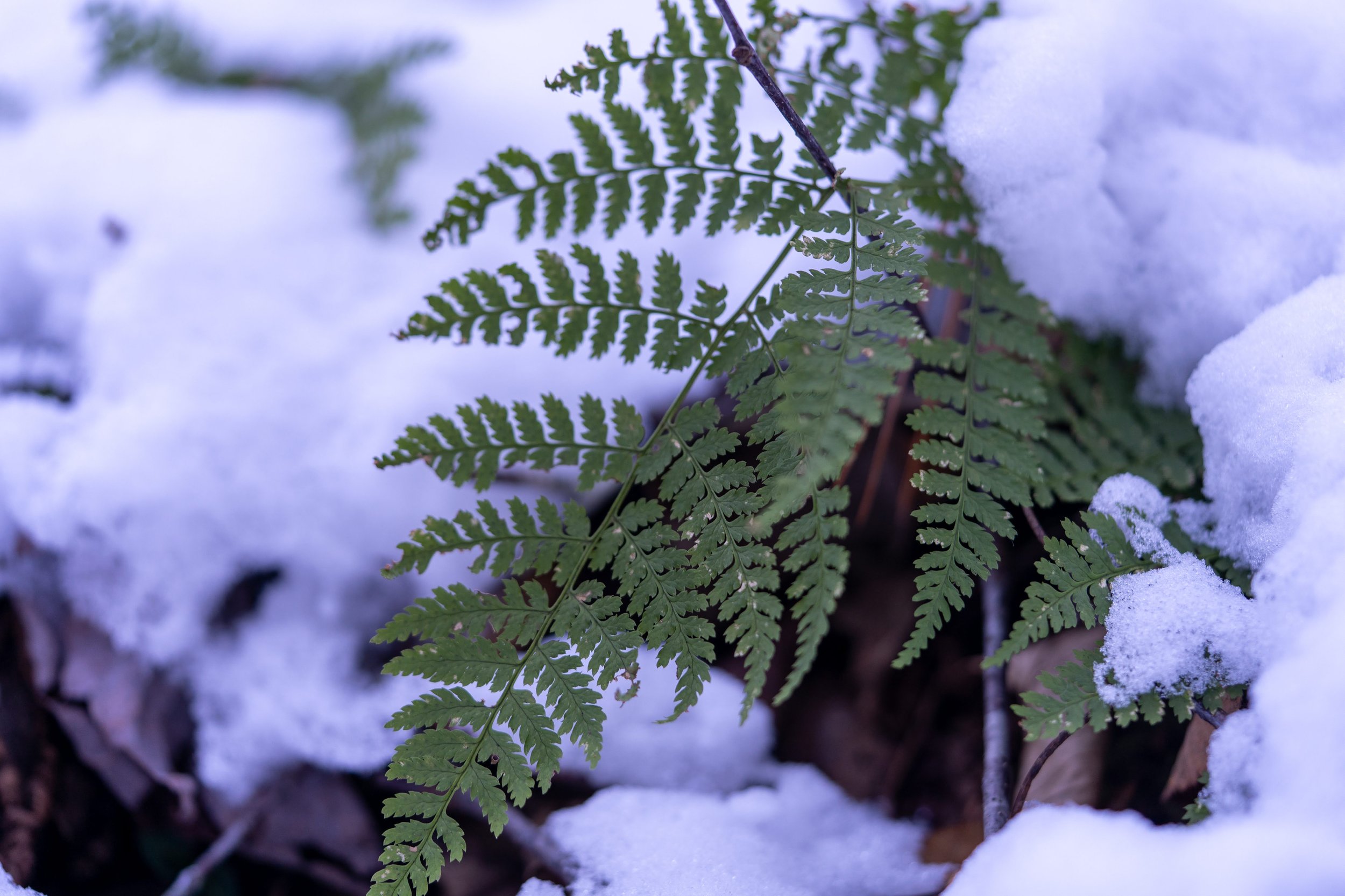
BRDC News: Upcoming Events
The world is thawing out, fauna is getting more active, and here at BRDC we are excited to get back out there and discover more with you! Read for info on our Winter Naturalist Rally, Woodcock Display Walk, Family Weekend, and Spring Break Camp.

Help Scientists by Collecting Data with the Great Backyard Bird Count
For four days each February, birdwatchers of every skill level can participate in a global event for the love and wellbeing of birds.

Happenings at BRDC!
Blue Ridge Discovery Center has been a very exciting place the last couple of weeks!
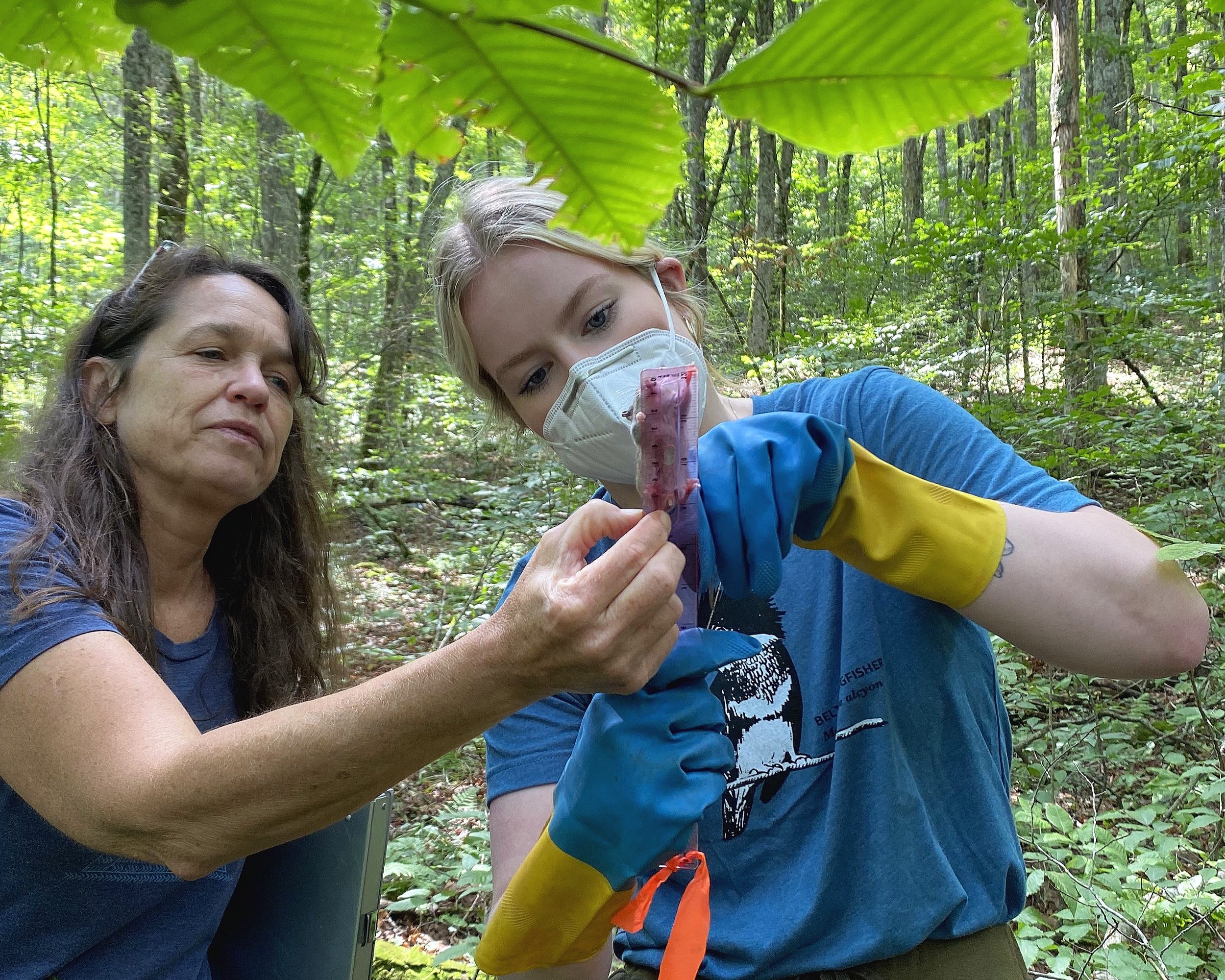
Dr. Marcella Kelly to Speak at Mount Rogers Spring Naturalist Rally
This May, attendees of the Mount Rogers Spring Naturalist Rally will have a chance to meet Marcella during her presentation, THE VIRGINIA APPALACHIAN CARNIVORE PROJECT: ECOLOGICAL FINDINGS FROM 10 YEARS OF RESEARCH ON BEARS, BOBCATS, AND COYOTES.
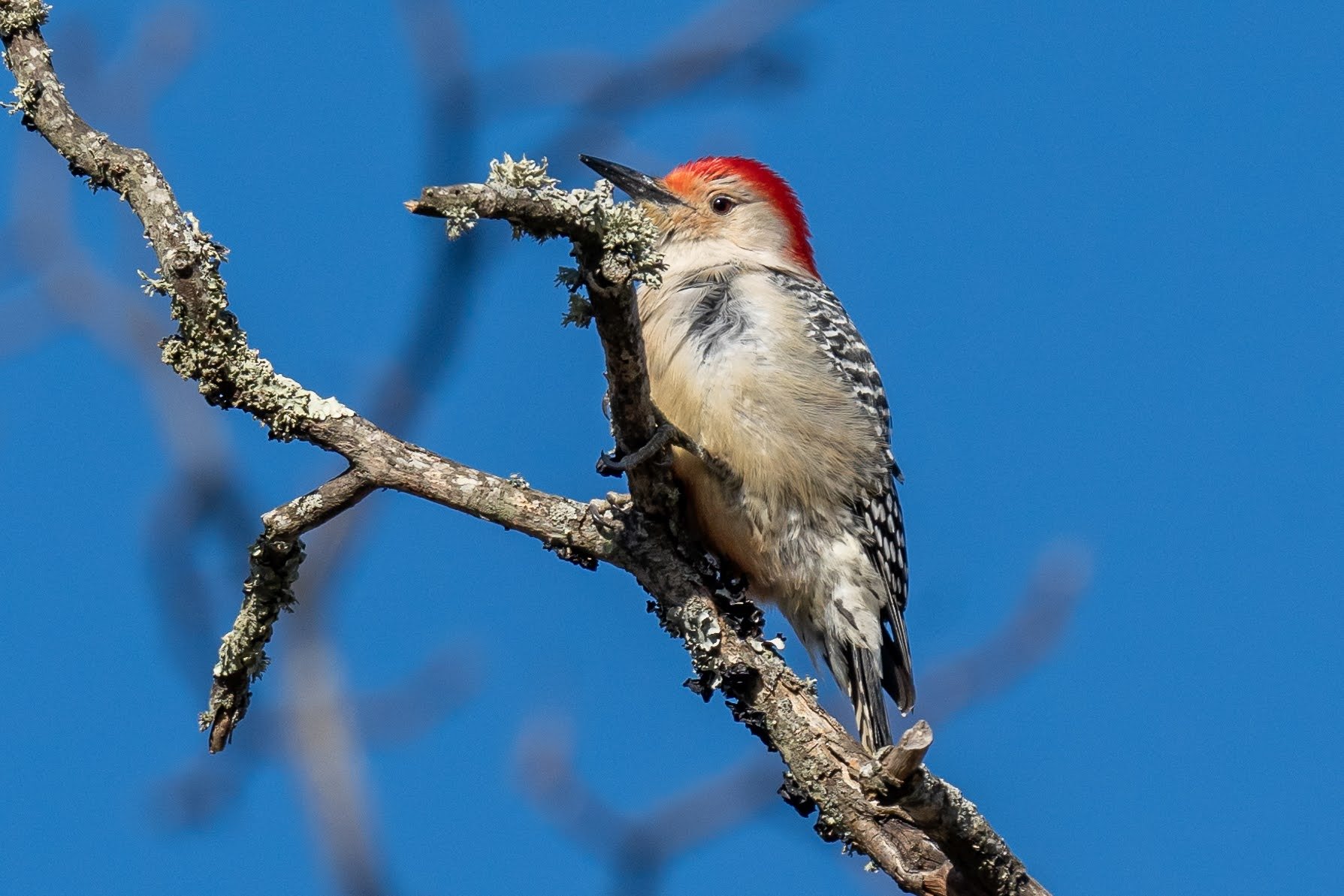
BRDC takes on Burkes Garden!
This past Saturday, BRDC staff and friends set off on an expedition to see the superb bird species of Burkes Garden in Tazewell, VA.

Nature's Little Elf Workshop is Almost Here!
It’s crafts and cocoa galore at our Nature’s Little Elf Workshop!

Rally, Rally, Rally!
The rally is quickly approaching and we are so excited to share some of the program lineup!
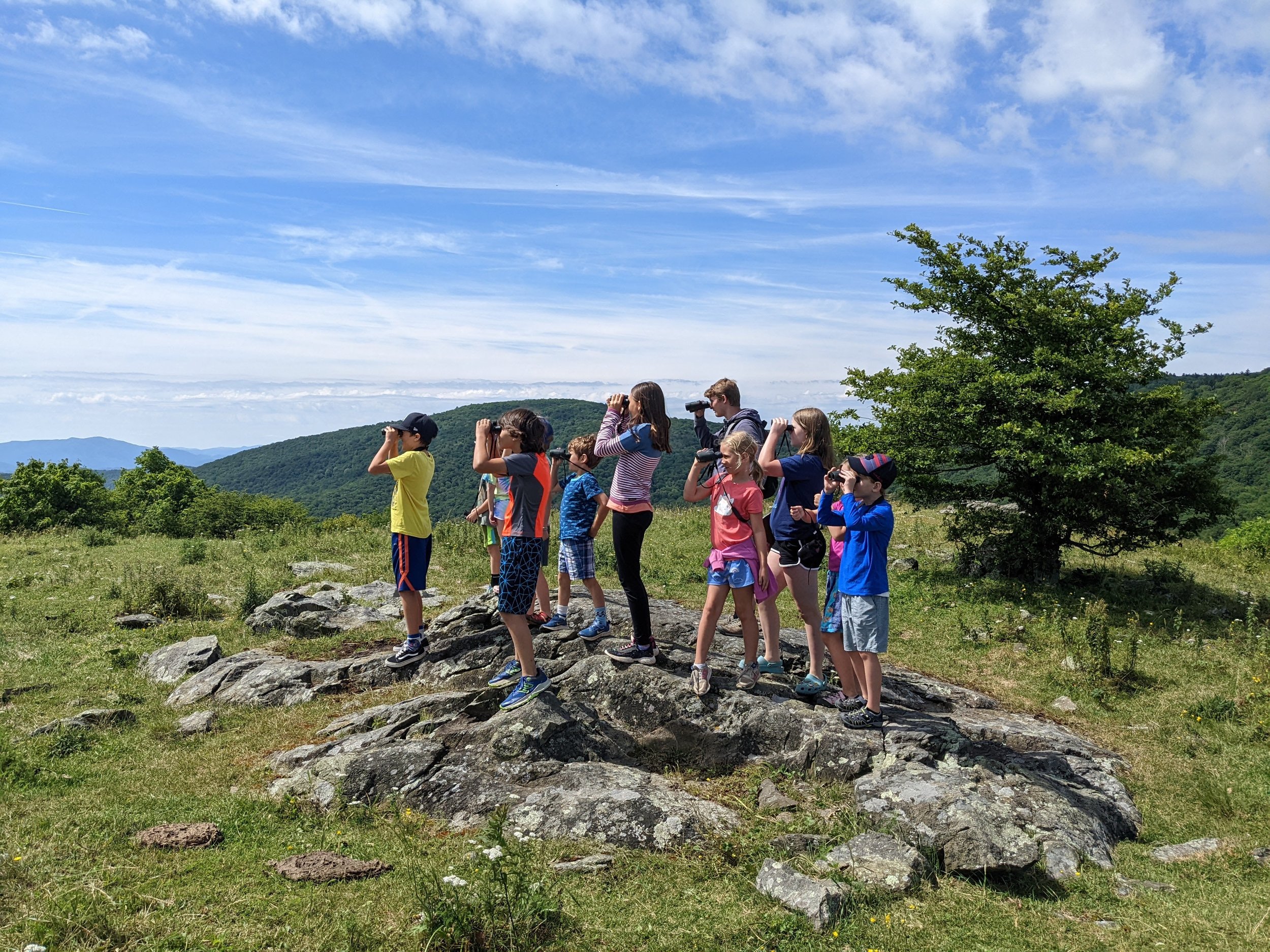
Residential Overnight Programs at BRDC
Blue Ridge Discovery Center is thrilled to welcome Carroll County Middle School next week for our residential overnight program with their rising 6th graders!
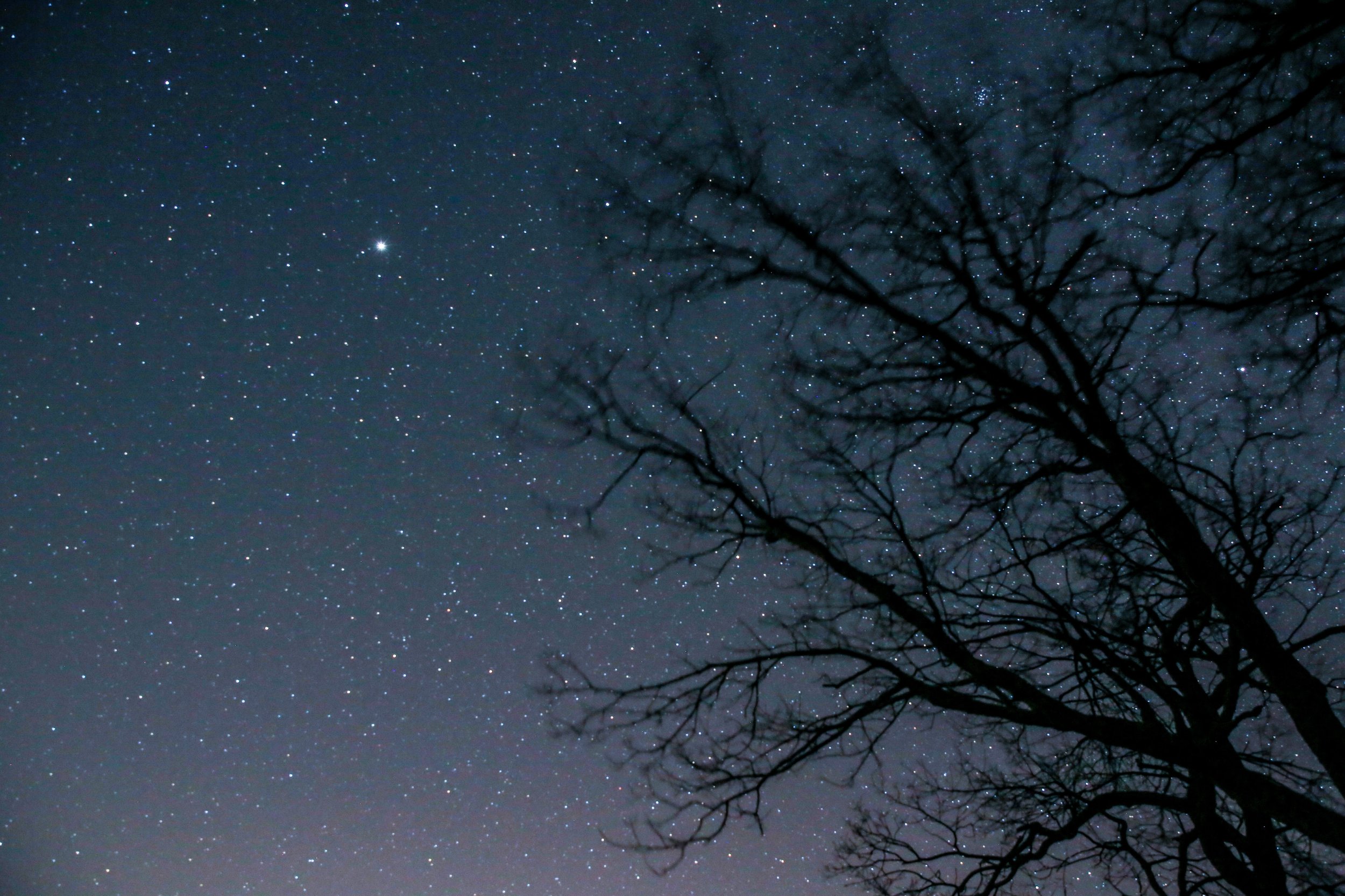
A Year in Review
Look at what you helped us achieve in 2021 and join us in ringing in the New Year!
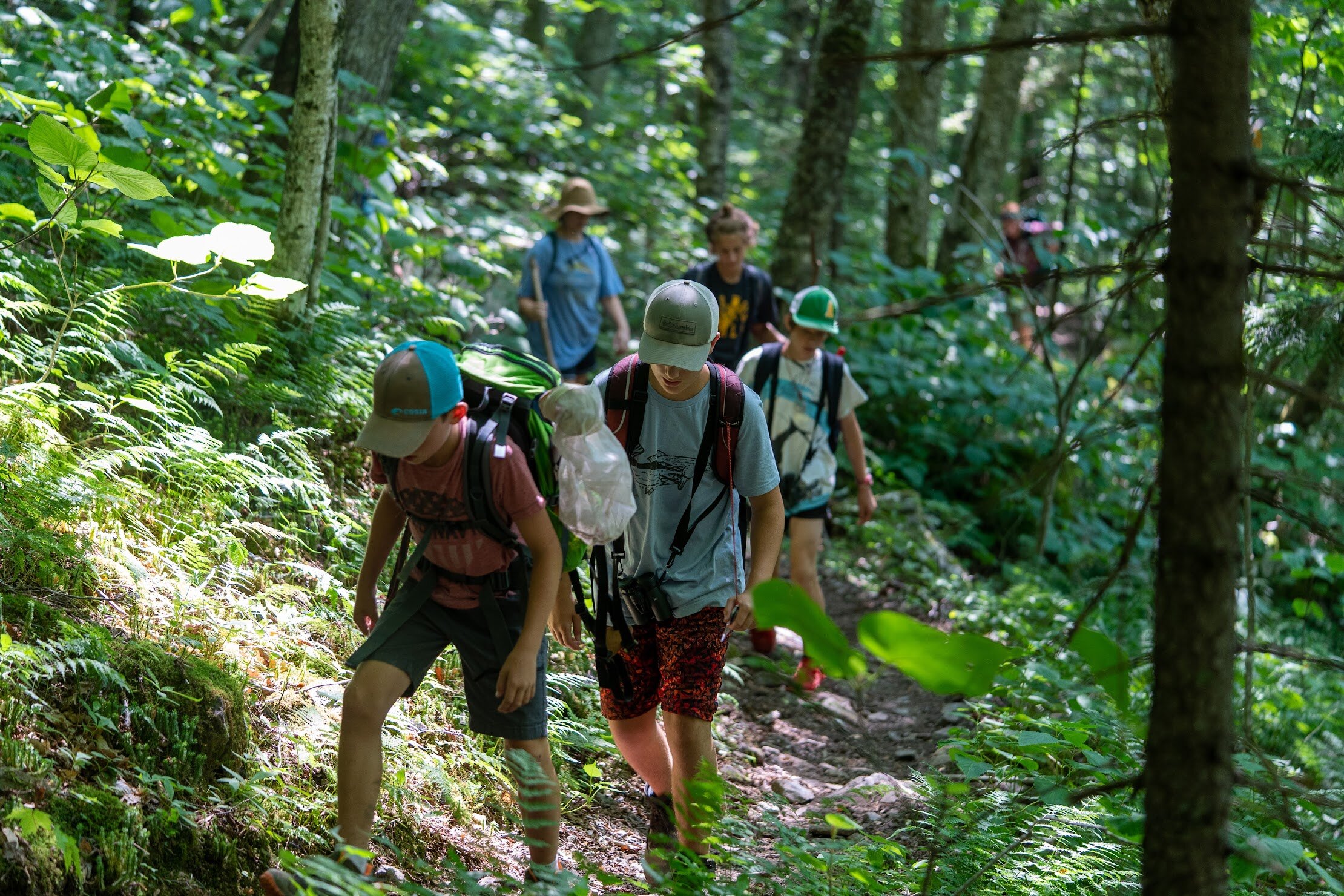
Come HIKE with US!
Blue Ridge Discovery Center’s Get Outside Program hikes are back! Join us this weekend or one of many this fall!
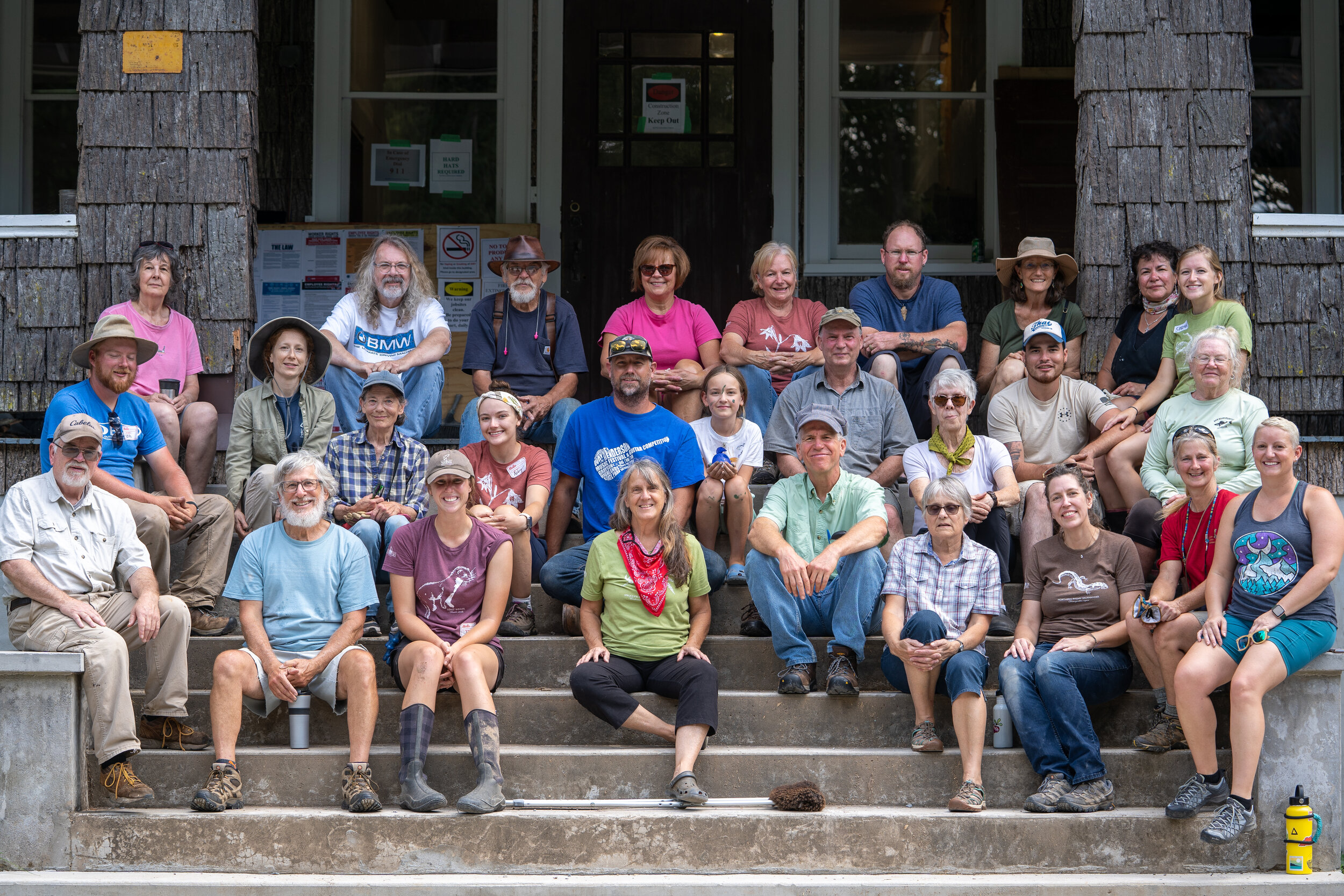
A Lotta Help from Our Friends
As disappointing as it was to cancel the Mt. Rogers Summer Naturalist Rally, we couldn’t be more thankful or appreciative of all the help the multitude of volunteers did to support our Center last weekend!

Volunteer Weekend (In Lieu of Summer MRNR)
A volunteer weekend with projects such as trail building, habitat improvement, and painting will be held in place of the annual Summer Naturalist Rally.

Spring Naturalist Rally Begins this WEEKEND!
Its not too late to get in on the fun! This Saturday, May 1st begins the Mt Rogers Spring Naturalist Rally: Scavenger Hunt Edition.